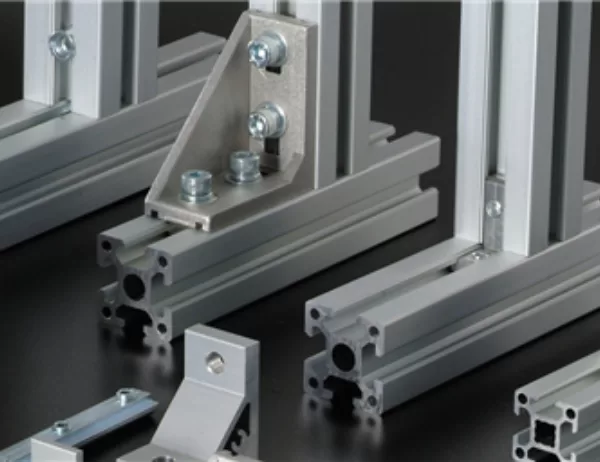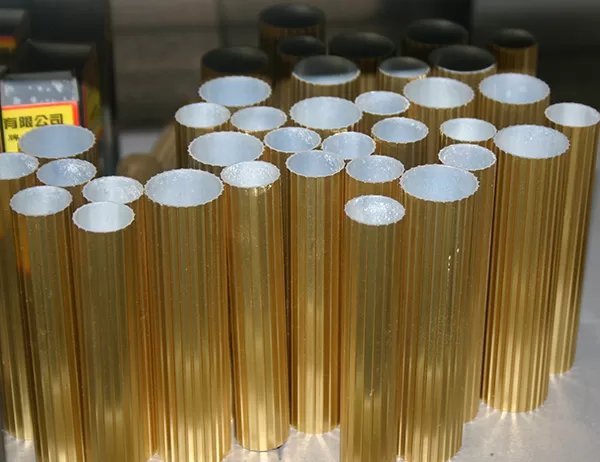In the vibrant realm of electronics, heat dissipation reigns supreme. Amidst the incandescent dance of circuits and the relentless flow of electrons, aluminum heat sinks emerge as unsung heroes, safeguarding delicate components from the clutches of thermal overload.
When selecting an aluminum heat sink, the path to optimal cooling begins with understanding your device’s thermal requirements. Consider the heat flux, operating temperature range, and space constraints within your system. This information will guide you in choosing the appropriate heat sink size, surface area, and thermal conductivity.
Size and Surface Area:
The size of the heat sink directly impacts its ability to dissipate heat. Larger heat sinks offer more surface area, facilitating greater heat transfer and lowering component temperatures. However, they may not fit all applications with tight space constraints.
Thermal Conductivity:
Thermal conductivity measures how well a material transfers heat. Aluminum is an excellent conductor of heat, but different grades and alloys exhibit varying conductivities. Choosing a heat sink with higher thermal conductivity will ensure efficient heat dissipation.
Type of Heat Sink:
Various types of heat sinks are available, each suited to specific applications. Pin-fin, extruded, and cast heat sinks offer different surface areas, airflow patterns, and mounting options. Consider the overall design and airflow requirements of your system.
Mounting Considerations:
Heat sinks come with various mounting options, such as screws, clips, and adhesives. Select a mounting method that is easy to install, secure, and compatible with your device.
Additional Features:
Some heat sinks offer additional features, such as embedded fans or extended surfaces. While these features can enhance heat dissipation, they may also increase the cost and complexity of the heat sink.
By following these guidelines, you can choose the best aluminum heat sink that will meet the specific cooling needs of your electronic device, ensuring optimal performance and extending its lifespan.




